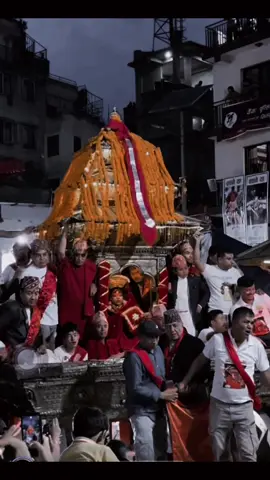O Pescador de Ofertas OFICIAL
Region: BR
Wednesday 21 May 2025 15:00:00 GMT
1985
16
6
11
Music
Download
Comments
Paula Tainá :
ele gela a água?
2025-08-26 12:59:59
0
★ :
joguei dinheiro fora
2025-08-05 19:47:03
1
lidiLopes2408 :
❤️❤️❤️
2025-05-21 15:26:36
1
To see more videos from user @o.pescador.de.ofertas, please go to the Tikwm
homepage.





